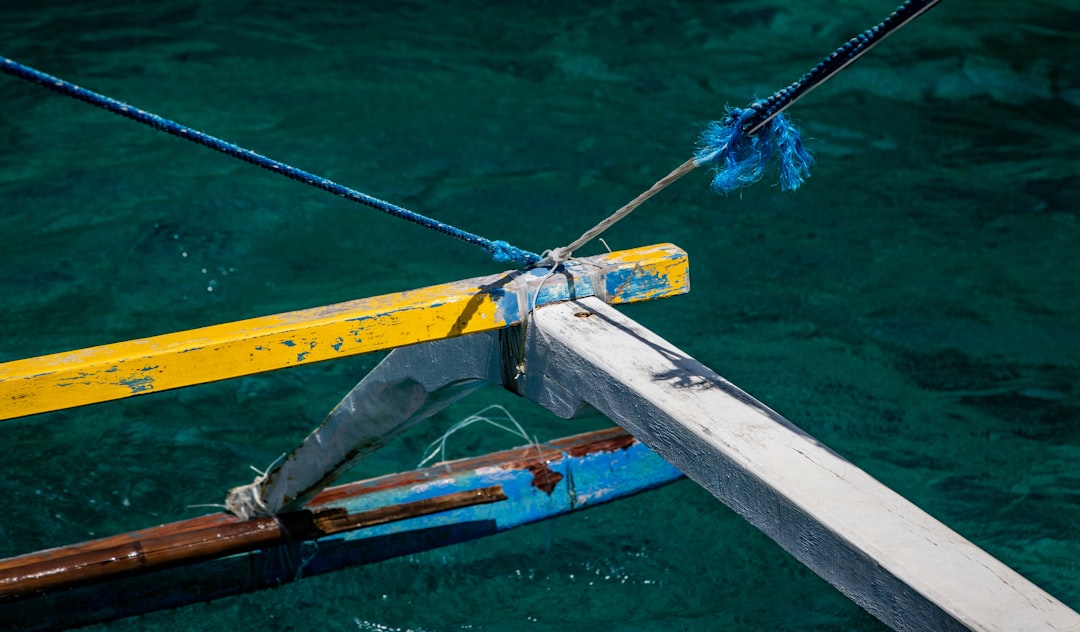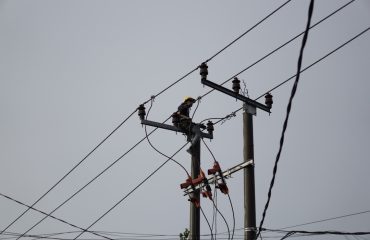Marine environments present unique challenges to piping systems. The constant exposure to saltwater, extreme temperatures, and the inherent risks associated with maritime operations demand a rigorous approach to safety. This guide delves into the critical aspects of ensuring the integrity and safety of piping systems in marine applications.
1. Material Selection: The Foundation of Marine Pipe Safety
Choosing the right materials is paramount. The selection process must consider the specific application, the fluid being transported (e.g., seawater, fuel oil, chemicals), and the environmental conditions. Common materials include stainless steel (various grades offering varying corrosion resistance), duplex stainless steel (combining strength and corrosion resistance), and high-density polyethylene (HDPE) for certain applications. Each material has its strengths and weaknesses; for instance, stainless steel offers excellent corrosion resistance but can be susceptible to stress corrosion cracking under specific conditions. Careful consideration of the chemical compatibility of the pipe material with the transported fluid is crucial to prevent corrosion and leaks. Proper material selection documentation should be maintained throughout the vessel’s lifespan.
2. Corrosion Prevention: Battling the Marine Environment
Corrosion is the biggest enemy of marine piping systems. The constant exposure to saltwater creates a highly corrosive environment, leading to pipe degradation and potential failures. Effective corrosion prevention strategies are essential. These include the application of protective coatings (e.g., epoxy, zinc-rich primers), cathodic protection (using sacrificial anodes or impressed current systems), and regular inspections to detect and address corrosion at an early stage. Proper design considerations, such as avoiding stagnant areas where corrosion can accumulate, are also critical. Regular monitoring of the effectiveness of corrosion prevention methods is vital to ensure continued protection.
3. Inspection and Maintenance: Proactive Safety Measures
Regular inspection and maintenance are the cornerstones of a safe marine piping system. A comprehensive inspection program should include visual inspections, non-destructive testing (NDT) methods such as ultrasonic testing (UT) and radiographic testing (RT) to detect internal flaws, and pressure testing to verify the integrity of the system. The frequency of inspections should be based on the criticality of the piping system and the level of environmental exposure. A detailed maintenance schedule should be implemented, including cleaning, lubrication, and repair or replacement of damaged components. Proper record-keeping of all inspections and maintenance activities is crucial for compliance and future reference.
4. Emergency Procedures: Responding to Pipe Failures
Despite the best preventative measures, pipe failures can occur. Having well-defined emergency procedures in place is crucial to mitigate the risks associated with such incidents. These procedures should include clear steps for isolating the affected section of the piping system, containing any spills or leaks, and alerting the relevant personnel. Emergency shutdown systems and valves should be regularly tested and maintained to ensure their proper functioning. Training crew members on emergency procedures is paramount to ensure a swift and effective response in the event of a pipe failure. Regular drills and simulations can significantly improve response times and minimize potential damage.
5. Regulatory Compliance: Meeting International Standards
Marine piping systems are subject to stringent international regulations and standards. Compliance with these regulations is not only crucial for safety but also for legal and operational reasons. Major organizations such as the International Maritime Organization (IMO) and classification societies (e.g., DNV, ABS, Lloyd’s Register) set forth detailed requirements for the design, construction, installation, inspection, and maintenance of marine piping systems. Staying updated on the latest regulations and ensuring full compliance is essential for vessel operators. Maintaining comprehensive documentation of compliance is also vital for audits and inspections.
In conclusion, ensuring pipe safety in marine applications requires a multifaceted approach encompassing careful material selection, proactive corrosion prevention, rigorous inspection and maintenance, well-defined emergency procedures, and strict adherence to regulatory standards. By prioritizing safety and implementing these measures, marine operators can significantly reduce the risks associated with piping system failures and ensure the safe and efficient operation of their vessels.
Tags: Marine Piping Safety, Marine Pipe Inspection, Corrosion Prevention Marine, Maritime Safety Regulations, Offshore Piping Systems




